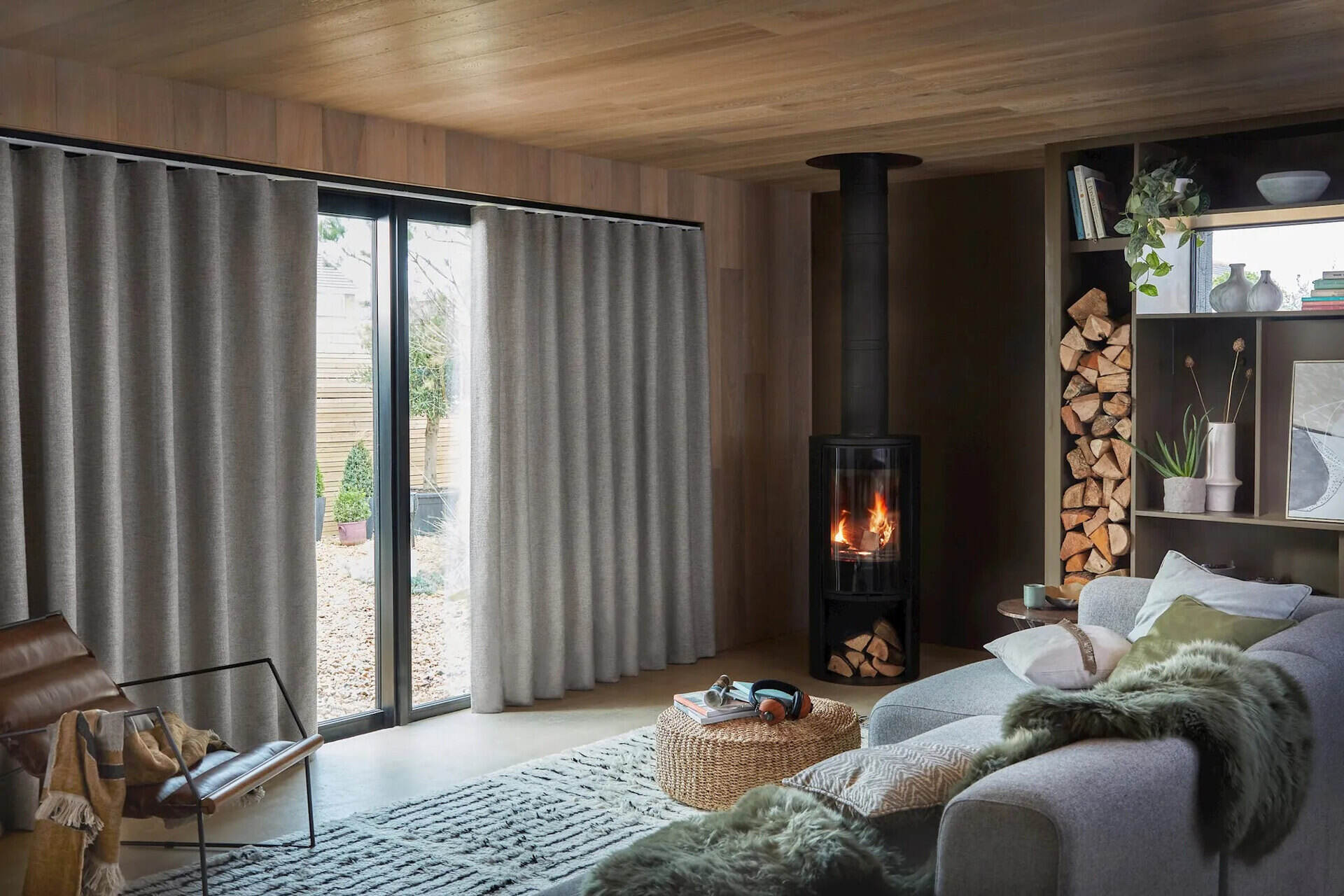

Articles
What Curtains Color Keep Heat Out
Modified: January 19, 2024
Discover the best curtain colors to keep heat out in this helpful article. Learn how to choose curtains that will help regulate temperature and keep your home cool during hot summer months.
(Many of the links in this article redirect to a specific reviewed product. Your purchase of these products through affiliate links helps to generate commission for Storables.com, at no extra cost. Learn more)
Introduction
When it comes to keeping the heat out of your home, many people may automatically think of air conditioning or fans as the primary solutions. However, did you know that the color of your curtains can also play a significant role in reducing heat transfer and increasing energy efficiency? Choosing the right curtains color can make a noticeable difference in keeping your home cool during hot summer months.
Understanding how heat can enter your home is the first step in determining which color curtains will be most effective in keeping it out. Heat can be gained through windows via direct sunlight, conduction, or radiation. Sunlight penetrates through the glass, and the heat is absorbed by the objects it touches inside the room. This heat then radiates back into the space, making it warmer. By selecting curtains with the appropriate color and fabric, you can help minimize this heat transfer and create a more comfortable living environment.
The choice of fabric is crucial when it comes to heat reduction. Thick, heavy fabrics like velvet or brocade, for example, can trap heat and prevent it from escaping your home. In contrast, lightweight materials such as sheer or linen curtains allow for better airflow and natural light while still providing privacy.
The color of your curtains also plays a significant role in heat absorption. Light colors, such as whites, creams, and pastels, tend to reflect sunlight rather than absorb it. This reflects heat energy away from your windows, preventing it from entering your home. On the other hand, dark colors, like deep blues, purples, or browns, absorb more heat and can make your living space warmer. It’s important to note that the impact of color may vary depending on the fabric’s weight and thickness.
Thermal or blackout curtains are specifically designed to provide better insulation and reduce heat transfer. These curtains are often made of multiple layers of fabrics with insulating properties. The layers not only prevent heat from entering but also help to keep your home warm in the winter by reducing heat loss. These curtains are an excellent option for those looking for year-round temperature control and energy efficiency.
In addition to thermal and blackout curtains, there are also curtains available with reflective or insulated materials. Reflective curtains have a shiny metallic coating that reflects sunlight and outdoor heat, effectively reducing heat gain. Insulated curtains, on the other hand, have a layer of insulating material, such as foam or thermal lining, to provide additional thermal benefits. These options are ideal for areas with extreme temperatures or intense sunlight exposure.
While the color and material of your curtains are essential, it’s worth considering the patterns and designs as well. Patterns can help break up direct sunlight and disperse heat more evenly throughout the room. Vertical stripes can create an illusion of height, while floral or geometric designs can add a touch of style to your window treatments while providing shade.
It’s important to keep in mind that curtains are not the only factor in controlling heat transfer. Other elements, such as window treatments, blinds, or shades, can also contribute to reducing heat gain. Ensuring that your windows are properly sealed and insulated can further enhance the effectiveness of your curtains in keeping heat out.
With all these factors considered, remember that finding the right balance between aesthetics and functionality is key. Choose curtains that suit your style while also serving the purpose of keeping your home cool during hot weather. By carefully selecting the color, fabric, and design, you can create a comfortable and energy-efficient living space that helps keep the heat at bay.
Key Takeaways:
- Choosing the right curtains color and fabric can significantly reduce heat transfer, improve energy efficiency, and create a comfortable living environment. Light-colored curtains reflect sunlight, while thermal and blackout options offer enhanced insulation for year-round temperature control.
- Consider patterns, designs, and other factors such as window treatments and climate when selecting curtains for heat reduction. Reflective and insulated materials can further enhance heat reduction capabilities, contributing to a cooler, energy-efficient home environment.
Read more: What Type Of Curtains Keep Cold Out
Understanding Heat and Curtains
Heat transfer is a natural phenomenon that occurs when there is a temperature difference between two objects or areas. In the context of your home, heat can enter through your windows, making the interior space warmer. Curtains can serve as a barrier to reduce heat transfer and help maintain a comfortable temperature indoors.
Windows, especially those that face direct sunlight, can act as a gateway for heat to enter your home. Sunlight penetrates through the glass and is absorbed by the objects it comes into contact with, such as furniture, floors, and walls. As these objects absorb heat, they become warmer and radiate it back into the room, resulting in increased indoor temperatures.
By strategically using curtains, you can minimize the amount of heat that enters your home through the windows. The choice of curtain color and fabric plays a crucial role in this process.
Color is an essential consideration when selecting curtains for heat reduction. Lighter colors, such as whites, creams, and pastels, tend to reflect sunlight rather than absorb it. This reflective property helps to keep your living space cooler by preventing the absorption of heat. Light-colored curtains can be especially beneficial in rooms with large windows or areas that receive direct sunlight for extended periods.
In contrast, darker colors, such as deep blues, purples, or browns, tend to absorb more heat. These colors have a higher heat absorption capacity, which can make your living space warmer. While darker curtains can provide insulation during colder months, they may not be the best choice for heat reduction in hot climates or sunny rooms.
The fabric of your curtains also plays a significant role in heat reduction. Thick and heavy fabrics, like velvet or brocade, can trap heat, preventing it from escaping through your windows. These fabrics are better suited for colder climates or for those looking to insulate their homes during the winter months.
On the other hand, lightweight materials, such as sheer or linen curtains, allow for better airflow and natural light while still providing privacy. These fabrics are more breathable and allow heat to escape, making them a suitable choice for warmer climates or homes with excessive sunlight.
Understanding the interplay between color and fabric is crucial in selecting the most effective curtains for heat reduction. By opting for light-colored curtains made from breathable fabrics, you can help reflect sunlight and prevent heat from entering your living space.
In addition to color and fabric, other factors can also contribute to the effectiveness of your curtains in reducing heat transfer. The size and coverage of your curtains should match the size of your windows to ensure that they adequately block sunlight. Additionally, properly sealing and insulating your windows can further enhance the efficiency of your curtains in reducing heat gain.
By understanding the principles of heat transfer and selecting appropriate curtains, you can create a more comfortable living environment and reduce energy consumption by minimizing the need for excessive air conditioning.
Choosing the Right Fabric
When it comes to selecting curtains that are effective for heat reduction, the choice of fabric is crucial. The fabric determines how well the curtains can regulate heat and contribute to maintaining a comfortable temperature in your home.
Here are some factors to consider when choosing the right fabric for curtains:
1. Thickness: Opt for fabrics that are neither too thin nor too thick. Thin fabrics may allow excessive heat to pass through, while thick fabrics can trap heat inside the room. Finding a balance is essential to achieve optimal heat reduction.
2. Density: Consider the fabric’s density, which refers to how closely woven the fibers are. A denser fabric will provide better heat insulation and prevent heat from entering or escaping through the curtains.
3. Breathability: Look for fabrics that are breathable and allow for proper airflow. Fabrics like linen, cotton, or sheer materials promote ventilation and help dissipate heat, making them suitable for warm climates or rooms with excessive sunlight.
4. Heat resistance: Some fabrics have natural heat resistance properties, which can help keep your home cool. Polyester curtains, for example, are often treated with a special coating to enhance their heat resistance and UV protection abilities.
5. Durability: Consider the durability of the fabric, especially if you live in an area with intense sunlight or extreme temperatures. Fabrics that are fade-resistant and can withstand prolonged exposure to sunlight will maintain their effectiveness for heat reduction over time.
6. Ease of maintenance: Choose fabrics that are easy to clean and maintain. This will ensure that your curtains remain in good condition and continue to function effectively in reducing heat transfer.
7. Personal preference: Ultimately, your personal preference in terms of texture, color, and style should also be taken into account. Curtains that complement your overall interior design while still serving their purpose of heat reduction will create a visually appealing and functional living space.
Considering these factors, popular fabric choices for heat reduction include linen, cotton, sheer, and synthetic blends. Linen and cotton offer breathability and a natural look, while sheer fabrics allow for better airflow. Synthetic blends, such as polyester and rayon, often come with special treatments for added UV protection and heat resistance.
It’s important to note that while the fabric of your curtains plays a significant role in heat reduction, other factors such as color and lining can also affect their effectiveness. Therefore, it’s essential to consider all these factors together when choosing the right fabric for your curtains.
By selecting the appropriate fabric, you can ensure that your curtains not only enhance the aesthetic appeal of your space but also contribute to maintaining an optimal and comfortable temperature throughout your home.
Light vs. Dark Colors
When choosing curtains for heat reduction, the color of the fabric is a crucial factor to consider. The color plays a significant role in how the curtains interact with sunlight and heat, ultimately affecting the temperature inside your home.
Light colors:
Light-colored curtains, such as whites, creams, pastels, and light grays, have the advantage of reflecting sunlight instead of absorbing it. When sunlight hits light-colored curtains, they bounce the light back, minimizing the amount of heat that enters the room through the windows. This reflective property can significantly contribute to reducing heat transfer and keeping your space cooler.
Additionally, light-colored curtains create a brighter and more open feel in the room, making it appear larger. This can be especially beneficial in rooms with limited natural light, as the light-colored curtains help maximize the available light.
Light-colored curtains are particularly effective in hot climates or rooms that receive direct sunlight for extended periods. By reflecting sunlight away from your windows, these curtains help maintain a comfortable indoor temperature and reduce the need for excessive air conditioning.
Dark colors:
On the other hand, dark-colored curtains, such as deep blues, purples, browns, or blacks, tend to absorb more sunlight and heat. These colors have a higher capacity to retain and trap heat, which can impact the overall temperature of your living space.
While dark-colored curtains may not be as effective as light-colored ones for heat reduction, they have their own advantages. Dark curtains can effectively block light, making them a suitable choice for bedrooms or media rooms where light control is essential. They can also provide better privacy, especially in areas where there’s a lot of foot traffic or close neighbors.
It’s important to note that the impact of color on heat reduction may vary depending on other factors, such as the thickness and density of the fabric. Thicker dark-colored curtains may provide better insulation during colder months, but they can also retain heat during the summer, potentially making your space warmer.
In some cases, you may find a balance between light and dark colors by opting for curtains with a combination of colors or patterns. For example, curtains with stripes or patterns that include both light and dark tones can help create visual interest while providing a degree of heat reduction.
Ultimately, the choice between light and dark-colored curtains depends on your specific needs and preferences. If heat reduction is your primary concern, light-colored curtains are generally the best choice. However, if light control and privacy are higher priorities, dark-colored curtains may be more suitable.
Remember, finding the right balance between functionality, style, and personal preference is key. Consider the climate, amount of sunlight, and overall aesthetic of your space when deciding on the color of your curtains for optimal heat reduction and a comfortable living environment.
Thermal and Blackout Options
When it comes to curtains for heat reduction, thermal and blackout options are worth considering. These specialized curtains provide enhanced insulation and light-blocking properties that can significantly contribute to reducing heat transfer and maintaining a cooler indoor environment.
Thermal curtains:
Thermal curtains, also known as insulated curtains, are designed with multiple layers of fabric or materials that have insulating properties. These layers act as a barrier to prevent heat transfer through the windows. The insulation helps to keep your home cooler in hot weather by blocking the entry of outdoor heat and reducing the loss of indoor cool air.
Thermal curtains are typically made from fabrics that have a high density and thickness to maximize heat insulation. They can come in various colors and styles to suit your interior design preferences. In addition to their heat reduction benefits, thermal curtains also provide sound insulation and can help reduce noise from outside.
One key advantage of thermal curtains is their year-round usability. They not only keep your home cool in the summer but also provide insulation in the winter, reducing heat loss and increasing energy efficiency. This versatility makes thermal curtains a practical choice for those looking to regulate temperature throughout the year.
Blackout curtains:
Blackout curtains are designed to block out sunlight and create a dark environment, effectively reducing heat gain from direct sunlight. These curtains are made with thicker and denser fabrics that have light-blocking properties, preventing sunlight from entering the room.
Blackout curtains are commonly used in bedrooms, home theaters, or areas where light control is essential. By limiting the amount of sunlight that enters the room, blackout curtains can significantly reduce heat transfer and help maintain a cooler temperature inside, especially during the hot summer months.
While blackout curtains are primarily known for their light-blocking capabilities, they also offer additional benefits. They provide privacy by preventing others from seeing inside your home, and they can help enhance the quality of your sleep by creating a dark and peaceful environment.
For optimal heat reduction, consider combining the features of thermal and blackout curtains. There are curtains available in the market that incorporate both thermal and blackout properties, offering enhanced insulation and maximum light control. These curtains provide the benefits of heat reduction, light-blocking, and privacy, making them an excellent choice for rooms that require comprehensive temperature and light management.
It’s important to note that while thermal and blackout curtains are effective in reducing heat transfer, they may have limitations depending on the amount of direct sunlight and room configuration. Additionally, the installation and proper fitting of these curtains play a crucial role in their effectiveness, so ensure that they are installed correctly to maximize their heat reduction capabilities.
By choosing thermal or blackout curtains, or a combination of both, you can significantly enhance the heat reduction properties of your windows and create a more comfortable living space throughout the year.
Choose curtains in light colors such as white, beige, or light grey to keep heat out. Light colors reflect sunlight and heat, helping to maintain a cooler temperature in your home.
Read more: Which Way To Turn Blinds To Keep Heat Out
Reflective and Insulated Materials
When selecting curtains for heat reduction, considering the use of reflective and insulated materials can be highly beneficial. Curtains made from these specialized materials are designed to enhance heat insulation, reduce heat gain, and improve energy efficiency in your home.
Reflective materials:
Reflective curtains are made with a shiny metallic coating on the fabric’s surface. This coating is designed to reflect sunlight and outdoor heat away from your windows, preventing them from entering your home. By reflecting the heat, these curtains help to reduce heat gain and maintain a cooler indoor temperature.
Reflective curtains are particularly effective in areas with intense sunlight exposure or windows that face the sun directly. Their reflective properties help minimize the amount of heat that penetrates through the windows, reducing the need for excessive air conditioning and saving energy costs.
These curtains often come in lighter colors, as the metallic coating adds the reflective element without compromising the overall aesthetic. They are available in various fabric options to suit your style preferences and can be a great choice for reducing heat transfer in hot climates.
Insulated materials:
Insulated curtains are designed with layers or panels that provide additional thermal insulation. These layers can consist of materials like foam, thermal lining, or insulating fabrics that have high insulating properties. The purpose of these curtains is to create a barrier against heat transfer, reducing heat gain in warmer months and heat loss during colder months.
Insulated curtains help maintain a more stable indoor temperature by blocking the exchange of heat through the windows. The insulation prevents outdoor heat from entering your home in summer and minimizes heat loss in winter, making them a practical choice for year-round energy efficiency.
These curtains can come in various colors, patterns, and styles, allowing you to achieve both functionality and visual appeal in your living space. They provide not only heat reduction but also sound insulation benefits, helping to reduce noise from outside.
By using curtains made from reflective or insulated materials, you can significantly enhance the heat reduction capabilities of your windows. Both options provide effective insulation and help maintain a comfortable indoor temperature while reducing the need for excessive air conditioning or heating.
It’s worth noting that reflective and insulated curtains can complement each other when combined. Some curtains are designed to incorporate both reflective and insulating properties, offering a comprehensive solution for heat reduction and energy efficiency. These curtains provide the benefits of reflecting heat away from your home while also providing insulation for year-round temperature control.
Before purchasing curtains with reflective or insulated materials, consider the amount of sunlight exposure, climate, and specific needs of your living space. Proper installation and full coverage of the windows are essential to maximize the heat reduction capabilities of these curtains.
By choosing curtains made from reflective or insulated materials, you can create a more comfortable, energy-efficient home environment while reducing heat transfer and saving on cooling and heating costs.
Patterns and Designs
When selecting curtains for heat reduction, patterns and designs may not be the first aspect that comes to mind. However, the patterns and designs of your curtains can have a subtle yet impactful influence on heat transfer and the overall aesthetics of your living space.
Patterns:
Using patterns in your curtains can have a visual effect on the way heat is distributed in the room. Patterns help break up the direct sunlight that enters through the windows, dispersing the light and heat more evenly. This can prevent concentrated areas of heat and create a cooler ambiance.
Vertical stripes, for example, can create an illusion of height and make the room appear taller. These stripes can also help with heat distribution as they allow for better airflow. By dispersing the sunlight, vertical stripes can reduce hot spots and maintain a more comfortable temperature.
Floral patterns or geometric designs can also be incorporated into your curtains, adding a touch of style while serving a practical purpose. These patterns can disperse sunlight and heat, preventing it from being concentrated in specific areas of the room. Additionally, patterns can help diffuse natural light, creating a softer and more pleasant ambiance.
Designs:
The design of your curtains can play a role in the overall heat reduction capabilities and aesthetics of your space. The length and fullness of the curtains can impact their effectiveness in blocking out sunlight and reducing heat gain.
Floor-length curtains, for example, ensure maximum coverage and minimize the amount of sunlight that enters the room. This prevents direct sunlight from heating up your space and helps maintain a cooler indoor temperature. If privacy is not a concern, curtains that reach the floor or even puddle on the floor can create a luxurious and elegant look while providing effective heat reduction.
Layered curtains or drapes can also be considered for heat reduction. By combining sheer curtains with heavier, light-blocking curtains, you can create a versatile window treatment that provides options for both heat reduction and light control. During the day, you can draw back the heavier curtains to allow in natural light while still benefiting from the sheer curtains’ light dispersion properties. In the evening or when privacy is needed, you can close the heavier curtains to block out excessive heat and light.
The color and fabric choices of your curtains can also be part of the design considerations. Opting for curtains with complementary colors or contrasting tones can enhance the overall aesthetic appeal of your living space while still serving their purpose of reducing heat transfer.
As you select patterns and designs for your curtains, it’s important to strike a balance between functionality and style. Consider the needs of your space, the climate, and the amount of sunlight exposure when choosing patterns and designs that will enhance the heat reduction capabilities and visual appeal of your curtains.
Remember that curtains are not only practical but also contribute to the overall aesthetics and ambiance of your home. By carefully choosing patterns and designs, you can create a comfortable and visually appealing space while minimizing heat transfer and maintaining a cooler indoor temperature.
Other Factors to Consider
While the color, fabric, patterns, and designs of your curtains play a significant role in heat reduction, there are other important factors to consider to enhance their effectiveness and create a comfortable living environment.
Window Treatments:
Window treatments, such as blinds or shades, can complement your curtains and contribute to heat reduction. Utilizing blinds or shades in conjunction with curtains allows for better light control and additional insulation. These window treatments can be adjusted to block direct sunlight during the hottest parts of the day, reducing heat gain in your home.
Proper Installation:
The installation of curtains is crucial for their effectiveness in reducing heat transfer. Ensure that your curtains are properly installed and cover the entire window area without gaps. Proper installation prevents sunlight from seeping through the edges and helps create a barrier against heat entering your home.
Window Sealing:
Properly sealing your windows can significantly enhance the efficiency of your curtains in reducing heat gain. Check for any gaps or air leaks around your windows and use weatherstripping or caulk to seal them. This prevents warm air from entering and cool air from escaping, maximizing the effectiveness of your curtains and overall energy efficiency.
Window Orientation:
The orientation of your windows and the direction they face can affect the amount of sunlight and heat that enter your home. South- and west-facing windows typically receive the most sunlight and heat during the day. Consider the orientation of your windows and adjust your curtain choices accordingly. For windows that face strong sunlight, opt for curtains with better heat reflection and insulation properties.
Energy Efficiency:
Using energy-efficient curtains in conjunction with other energy-saving measures can provide optimal heat reduction benefits. Look for curtains with energy-efficient certifications or labels, ensuring that they meet specific standards for insulation and heat reduction. This can help you save on energy costs and reduce your environmental impact.
Curtain Maintenance:
Regular maintenance and cleaning of your curtains are important for their longevity and continued effectiveness. Follow the manufacturer’s instructions for care and cleaning to keep your curtains in good condition. Cleaning curtains removes dust and allergens that can accumulate over time, ensuring their optimal performance in reducing heat transfer.
Climate Considerations:
Your local climate should also be taken into account when selecting curtains for heat reduction. If you live in a hot climate, choose curtains that provide effective heat reflection and insulation. In colder climates, select curtains that offer both heat reduction and insulation to keep your home comfortable and energy-efficient throughout the year.
By considering these additional factors, you can optimize the heat reduction capabilities of your curtains and create a more comfortable living environment. Combine various strategies, such as proper installation, window sealing, and energy-efficient practices, to achieve the best results in both heat reduction and energy savings.
Conclusion
When it comes to keeping the heat out of your home, choosing the right curtains can make a significant difference. By selecting the appropriate color, fabric, and design, you can effectively reduce heat transfer, improve energy efficiency, and create a comfortable living environment.
Light-colored curtains, such as whites, creams, and pastels, reflect sunlight and prevent excessive heat from entering your home. These curtains work well in hot climates and rooms that receive direct sunlight. Conversely, dark-colored curtains absorb more heat and are better suited for light control and privacy in areas with less sunlight.
Consider the fabric of your curtains, as it plays a crucial role in heat reduction. Lightweight materials like linen and sheer fabrics promote airflow and natural light, while thicker fabrics provide insulation benefits. Thermal and blackout curtains offer enhanced heat reduction and light control properties, making them ideal for year-round temperature regulation.
Reflective and insulated materials are additional options to consider. Reflective curtains bounce sunlight away from your windows, while insulated curtains provide thermal resistance for improved energy efficiency. Combining both properties can offer comprehensive heat reduction benefits.
Patterns and designs can affect heat distribution and add visual appeal. Vertical stripes help disperse sunlight and heat, while floral or geometric patterns diffuse light and create a more pleasant ambiance. The length and fullness of the curtains, as well as layering options, can further contribute to heat reduction and light control.
Other factors, such as window treatments, proper installation, window sealing, energy efficiency, curtain maintenance, and climate considerations, should also be taken into account to maximize the effectiveness of your curtains in reducing heat transfer and creating an energy-efficient living space.
By carefully considering all these factors and finding the right balance between functionality and style, you can select curtains that not only enhance the visual appeal of your home but also contribute to a cooler, more comfortable environment with reduced energy consumption.
Keep in mind that every home is unique, and what works for one space may not work for another. Assess your specific needs, take into account environmental factors, and choose curtains that suit your style and provide optimal heat reduction benefits. With the right curtains, you can create a more enjoyable living space while keeping the heat out.
Frequently Asked Questions about What Curtains Color Keep Heat Out
Was this page helpful?
At Storables.com, we guarantee accurate and reliable information. Our content, validated by Expert Board Contributors, is crafted following stringent Editorial Policies. We're committed to providing you with well-researched, expert-backed insights for all your informational needs.
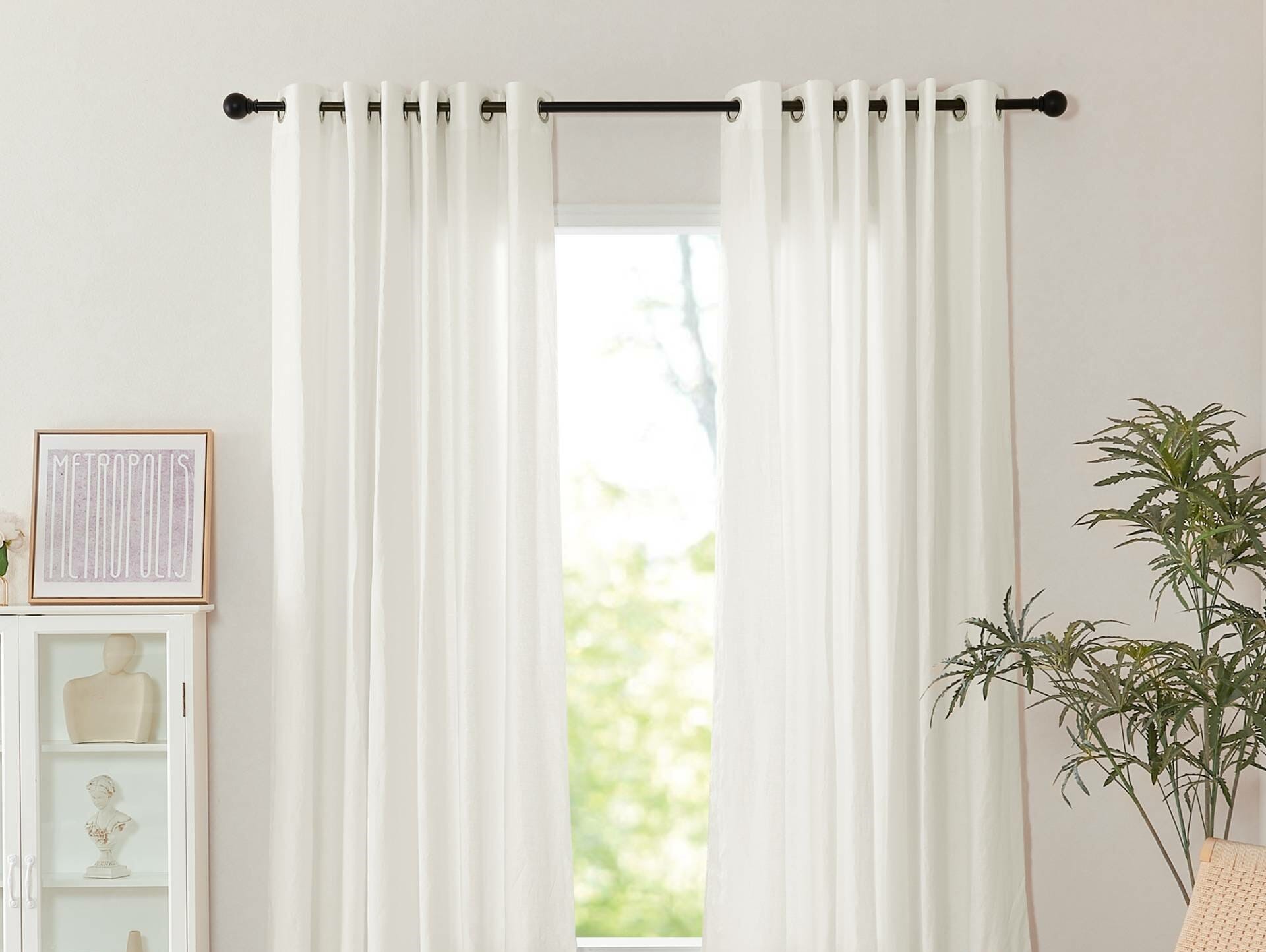
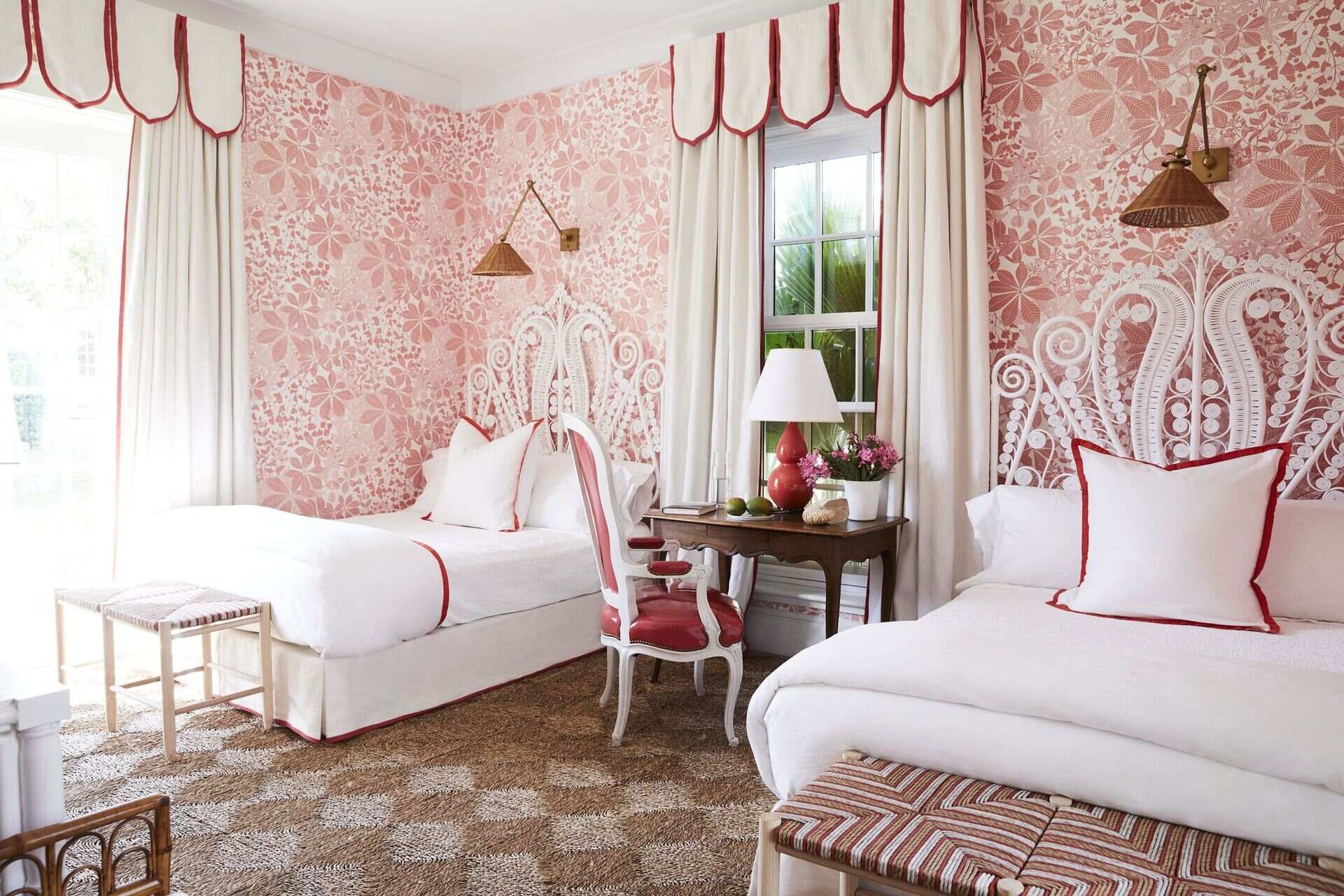

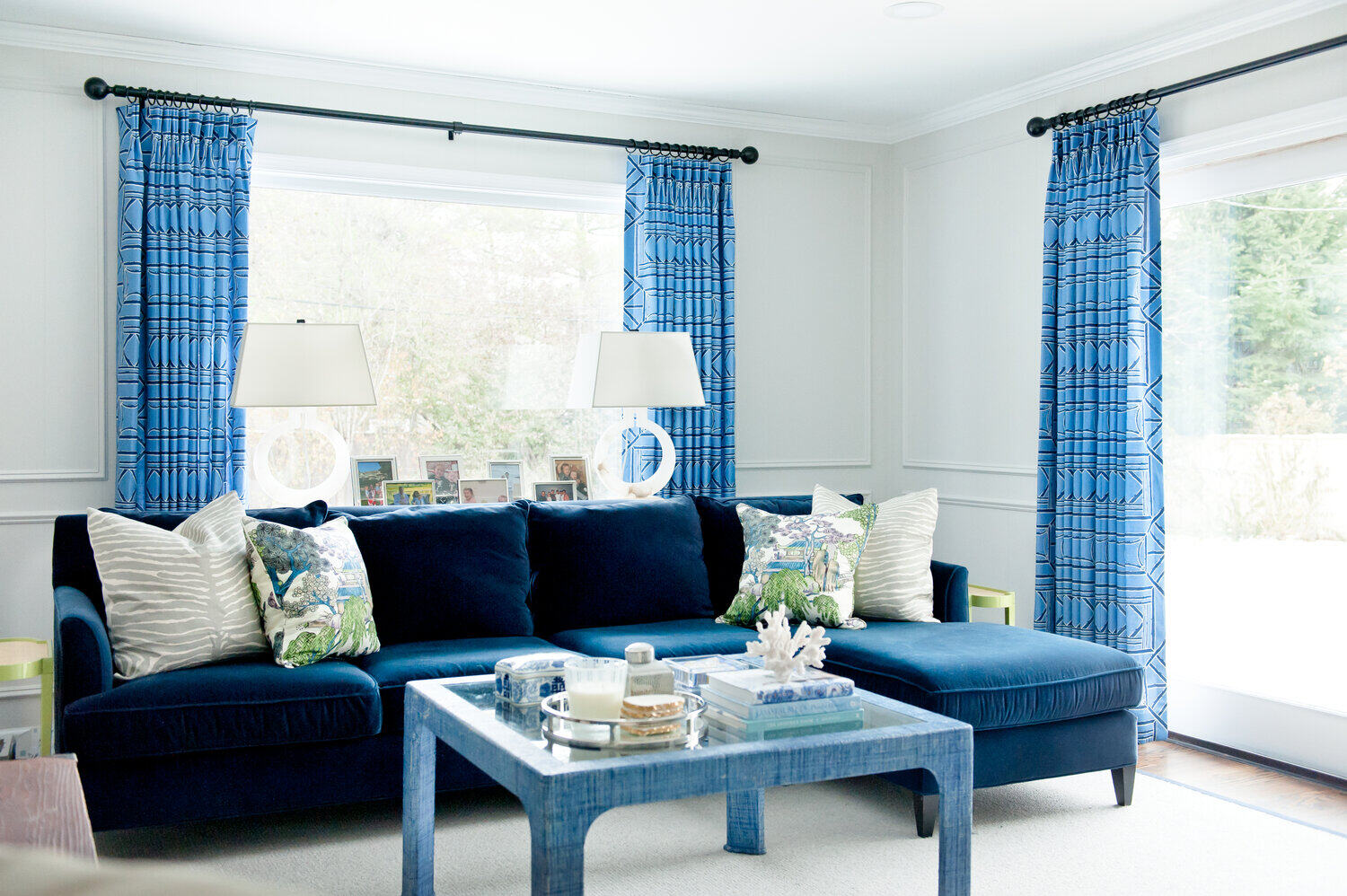
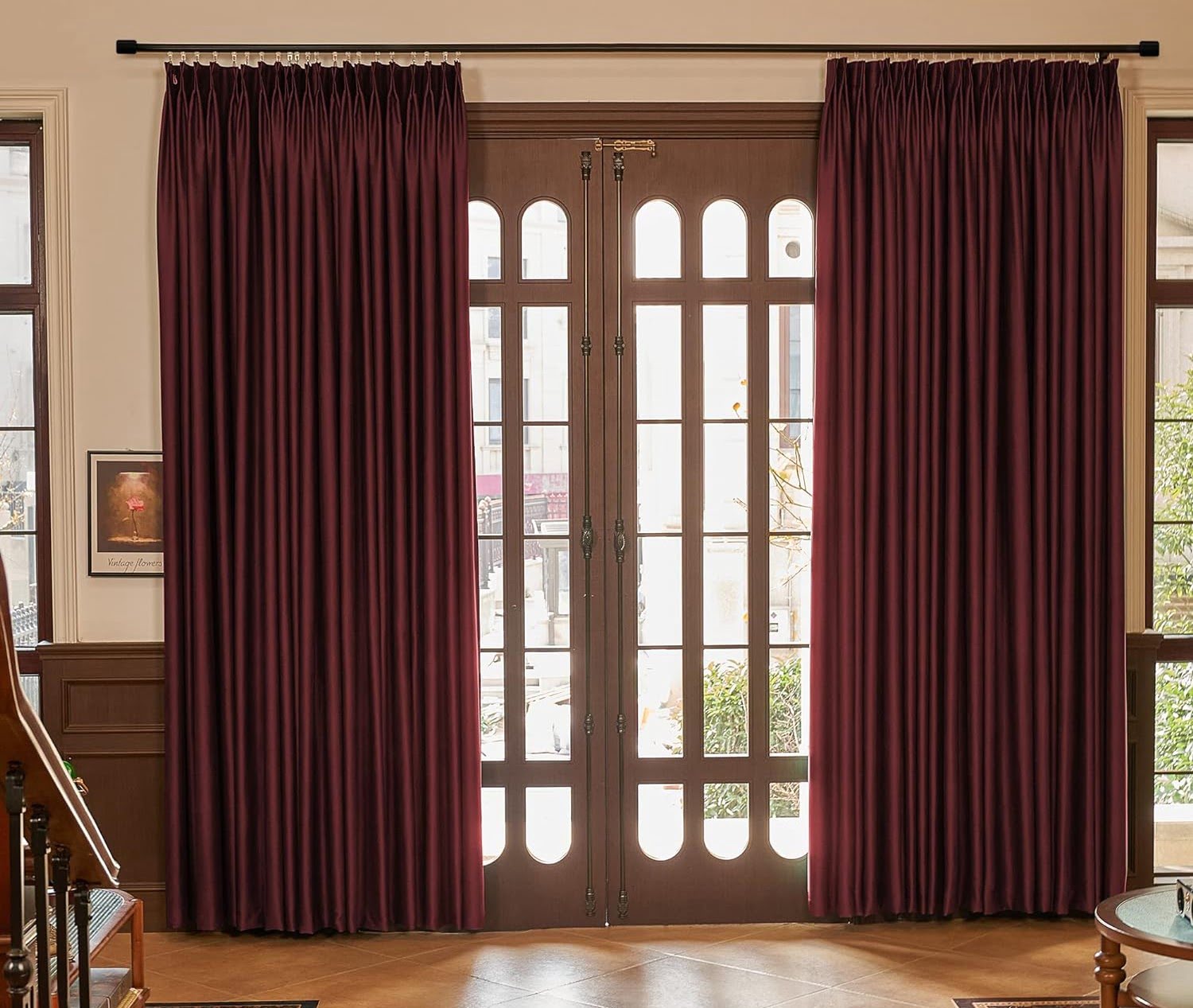
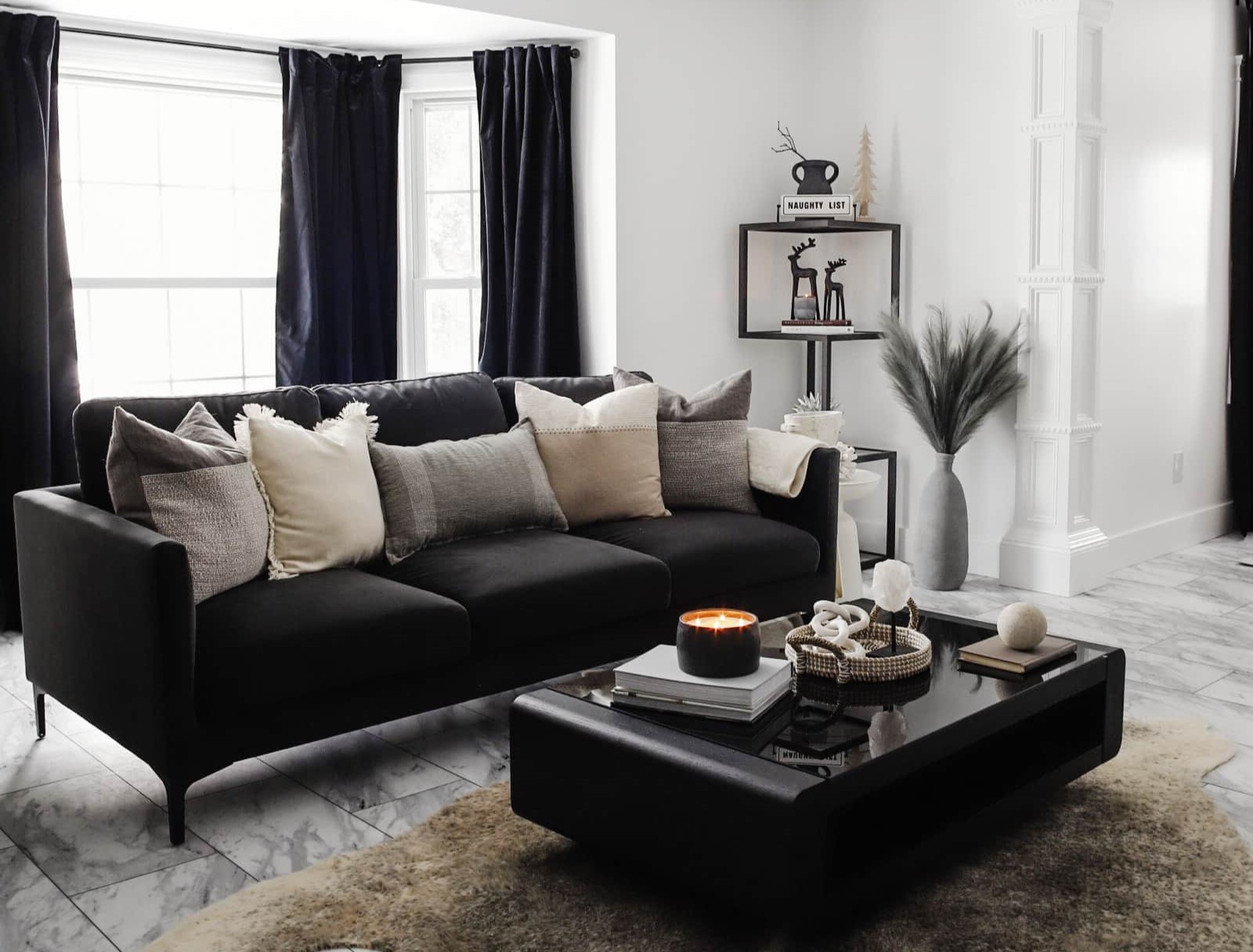
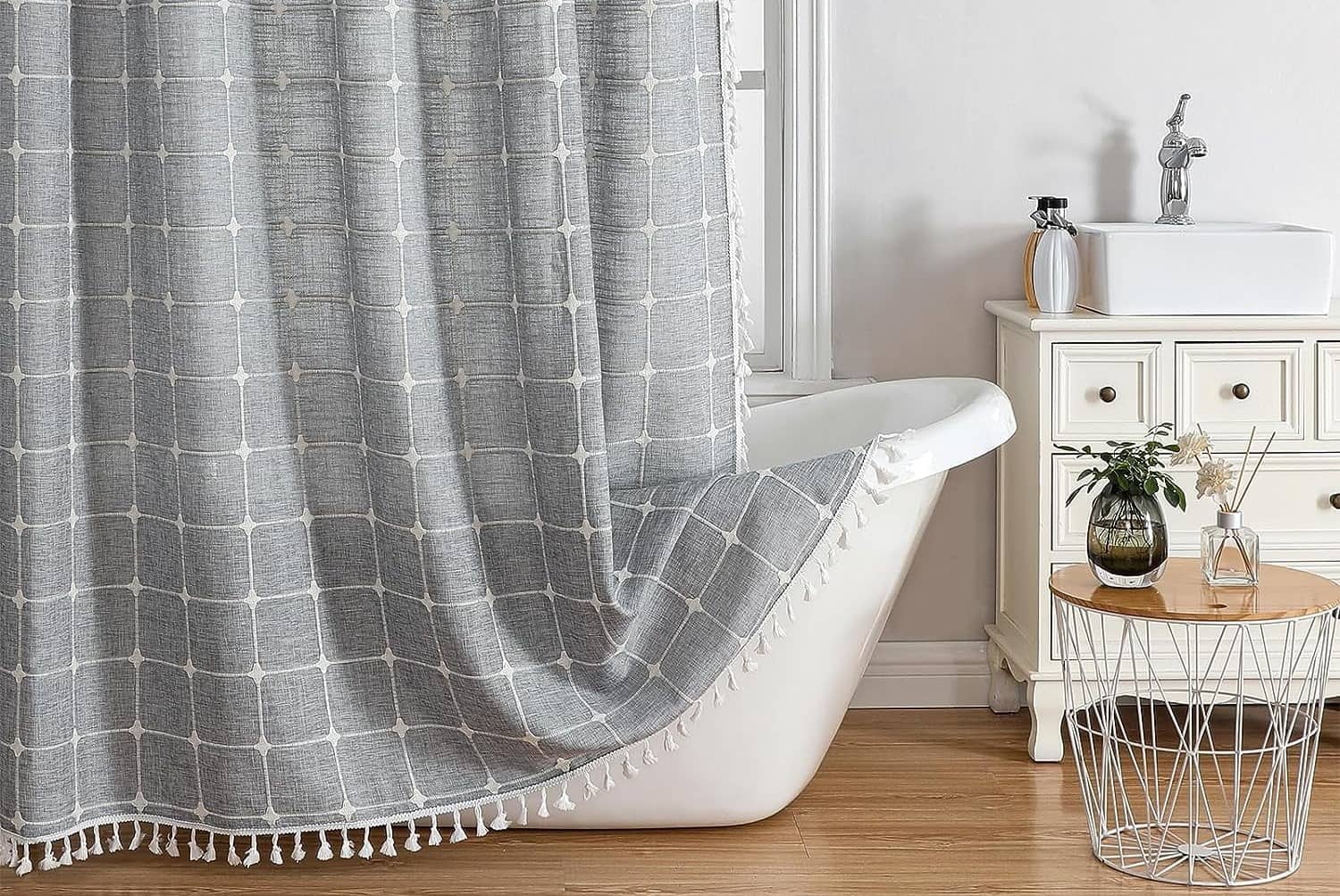
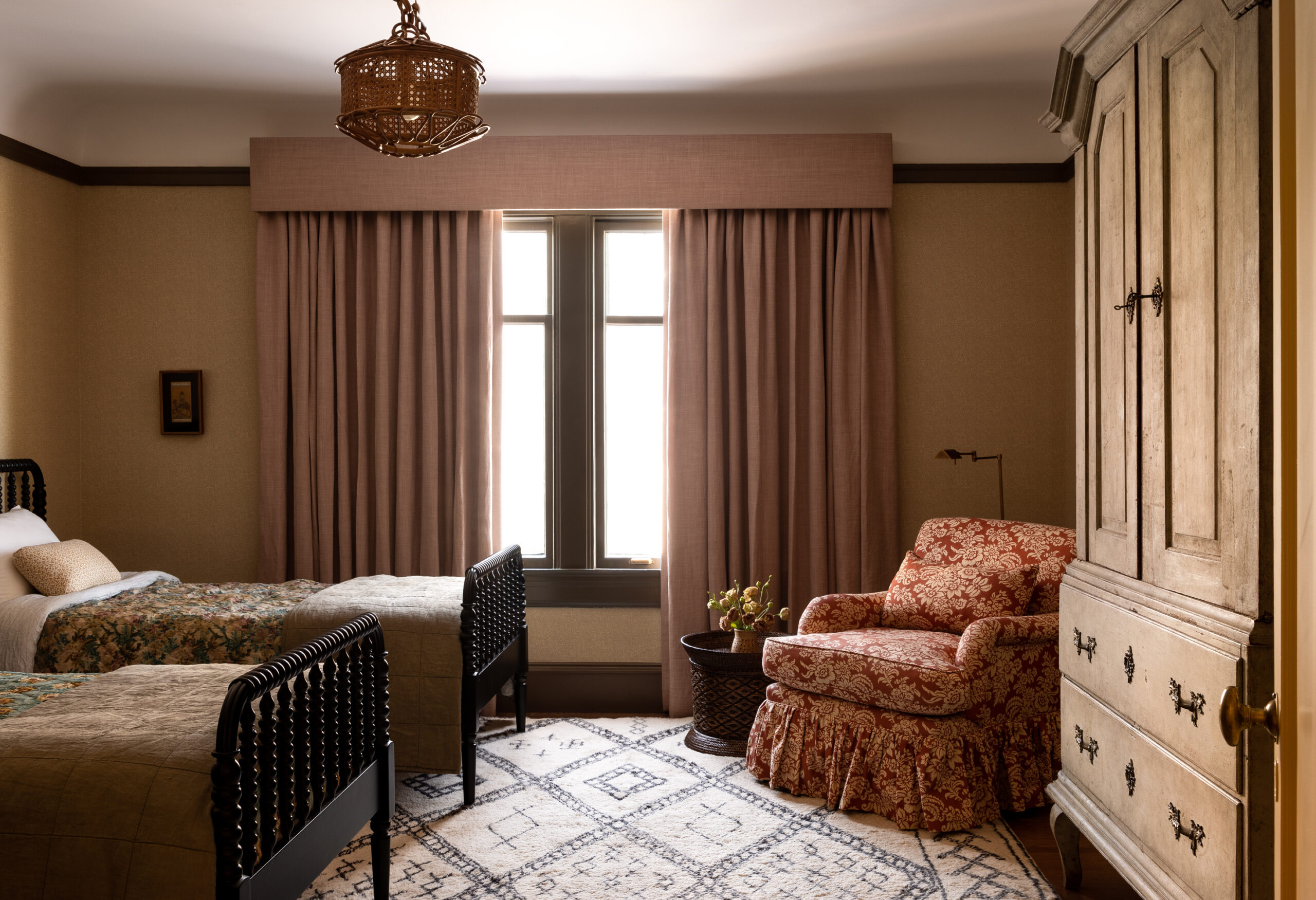
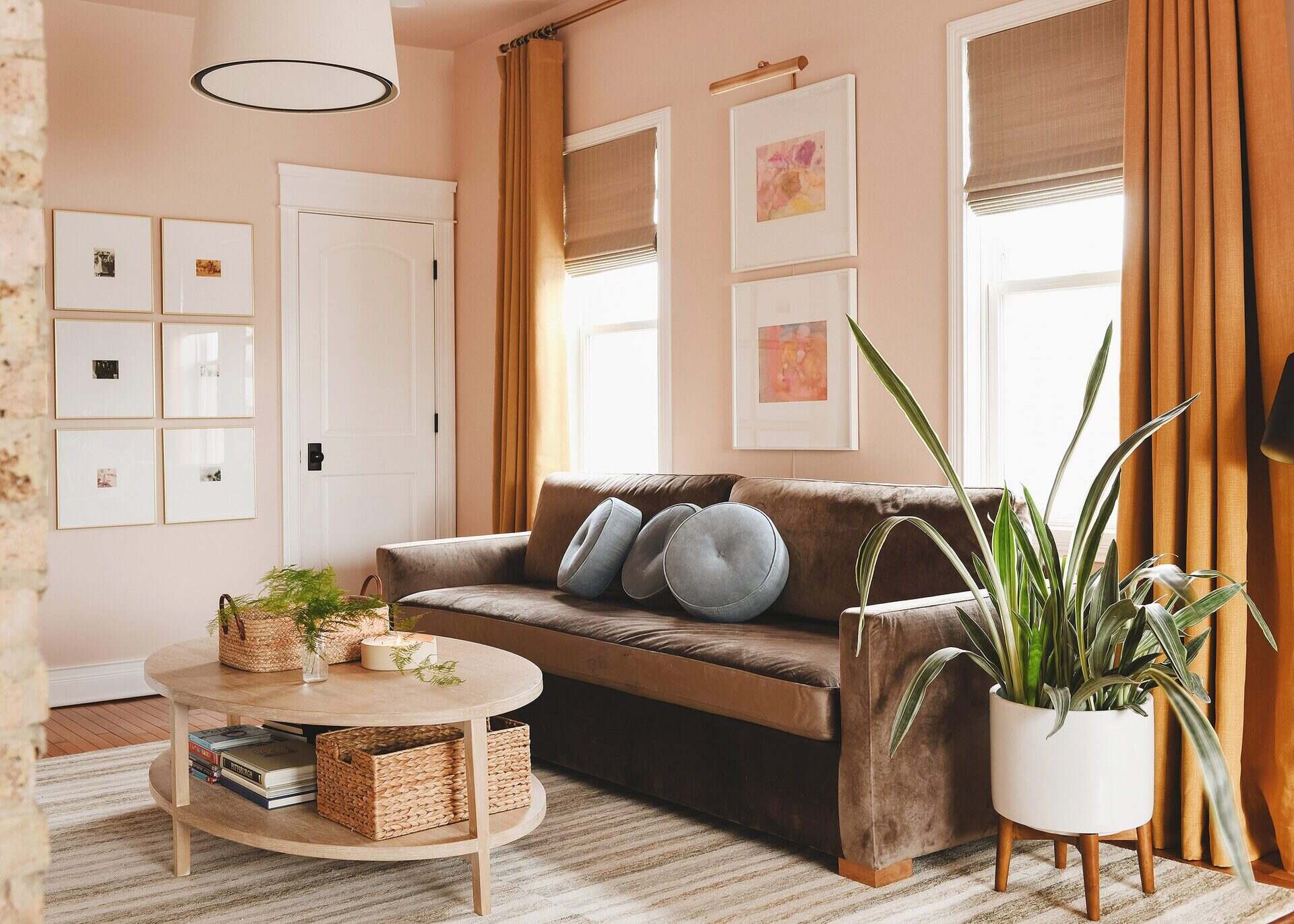
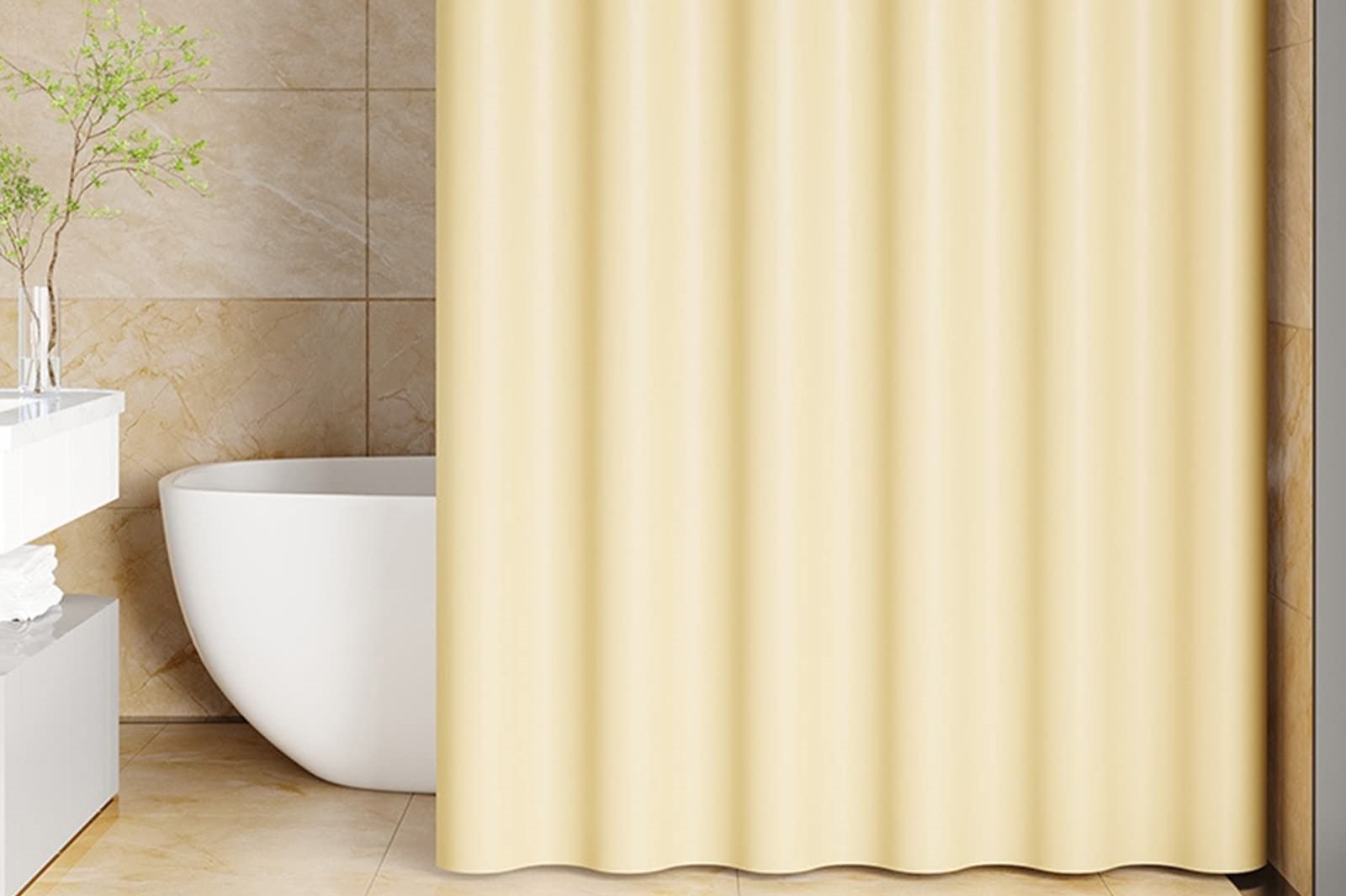
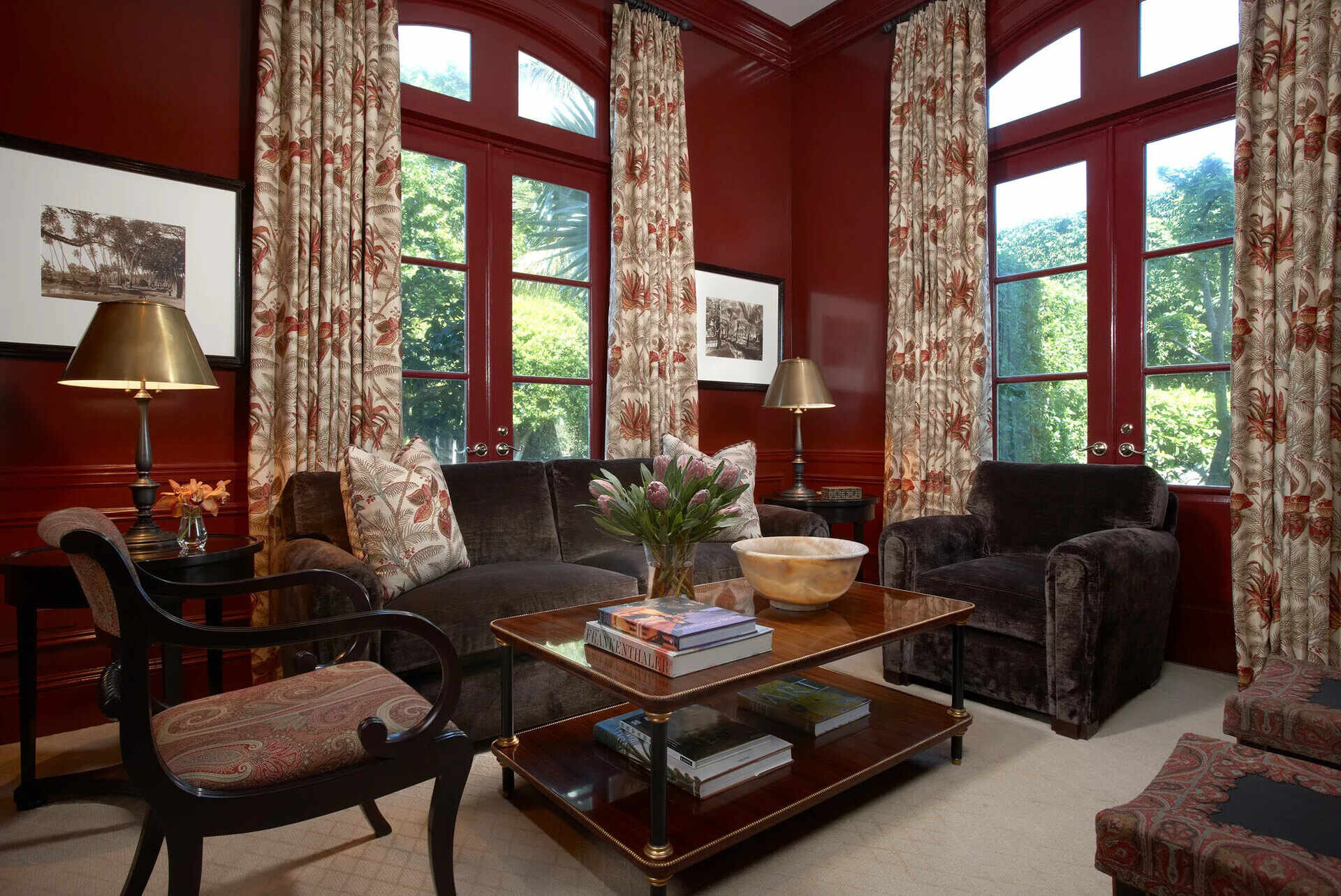
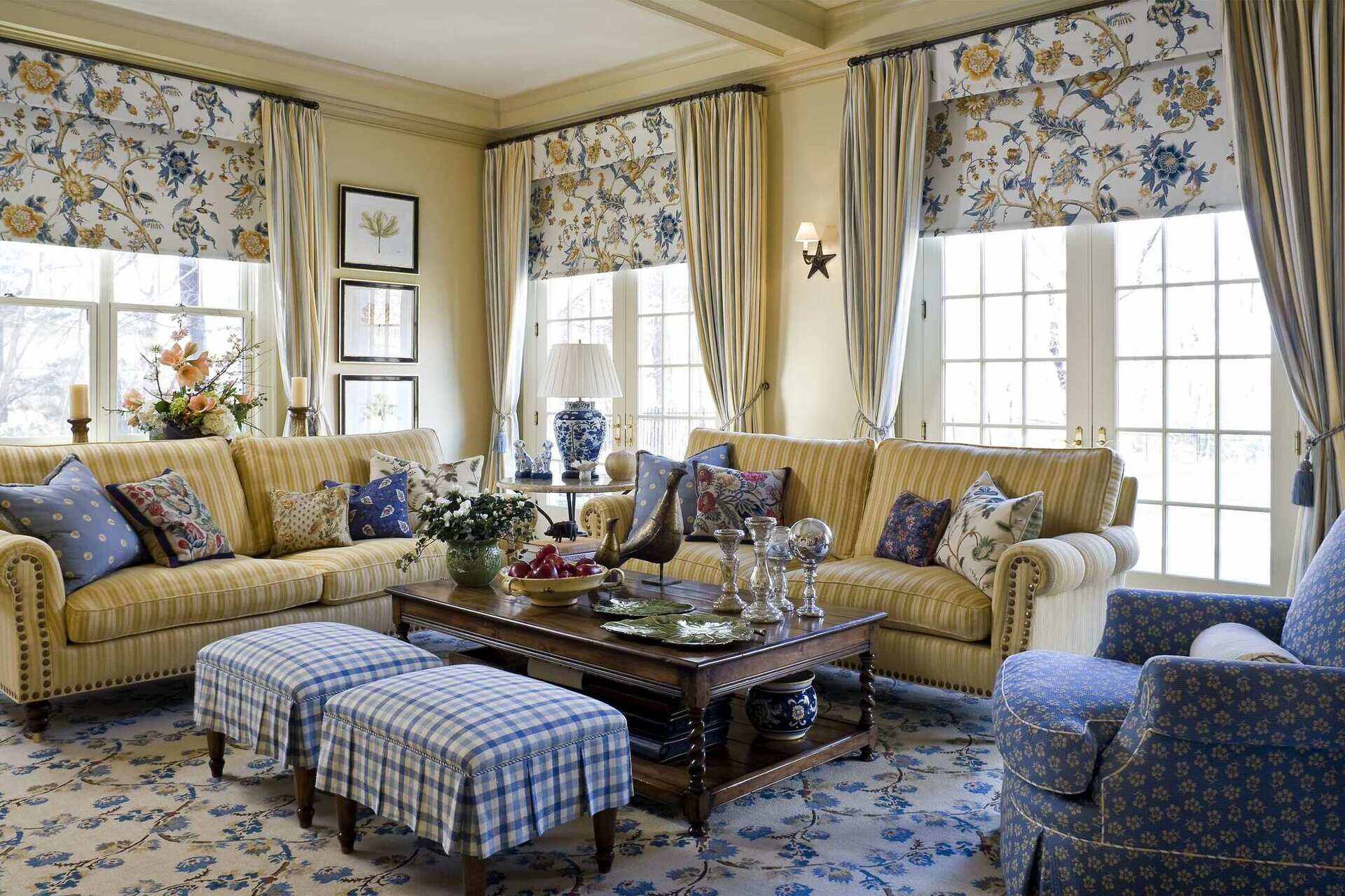
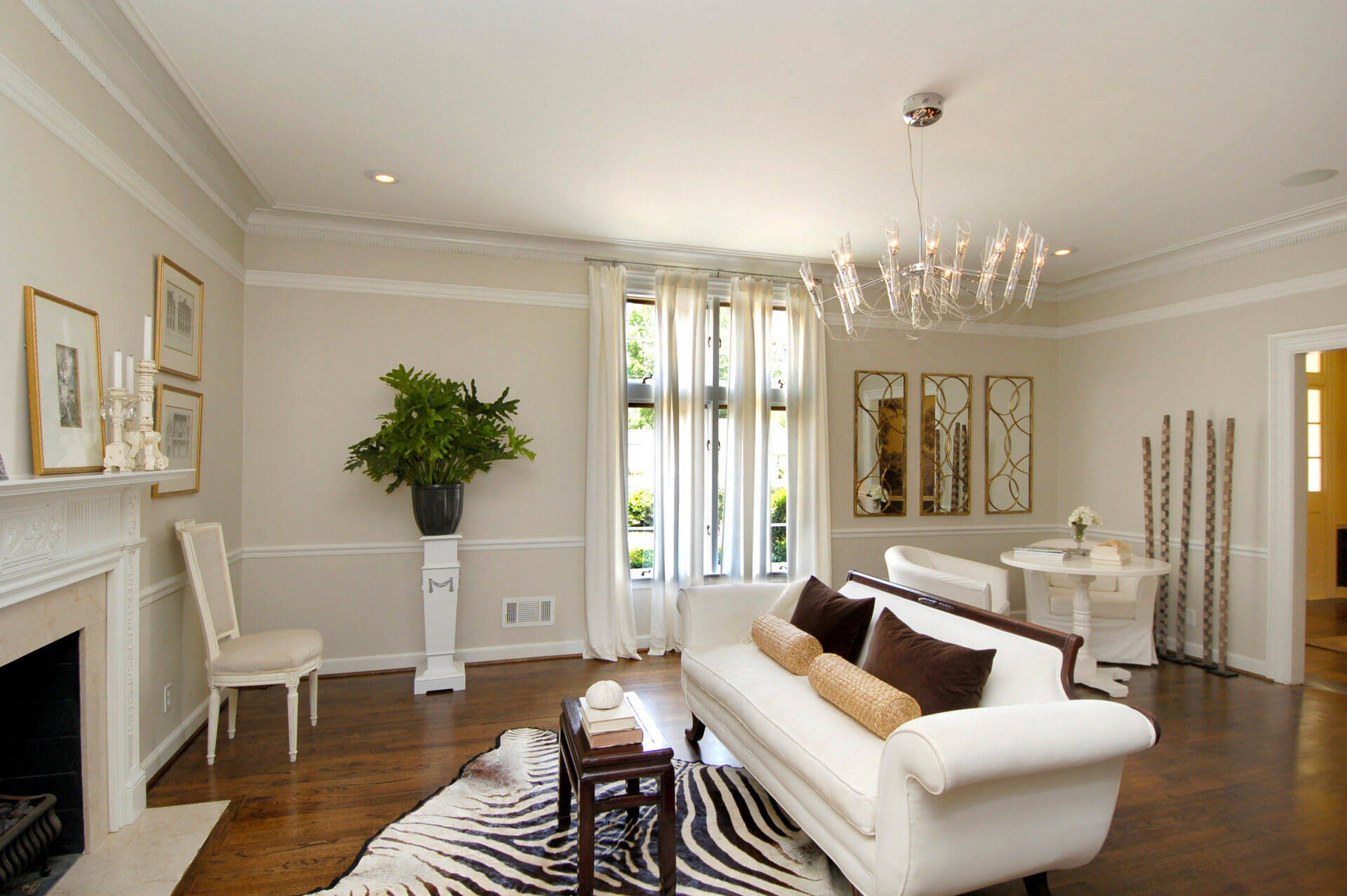
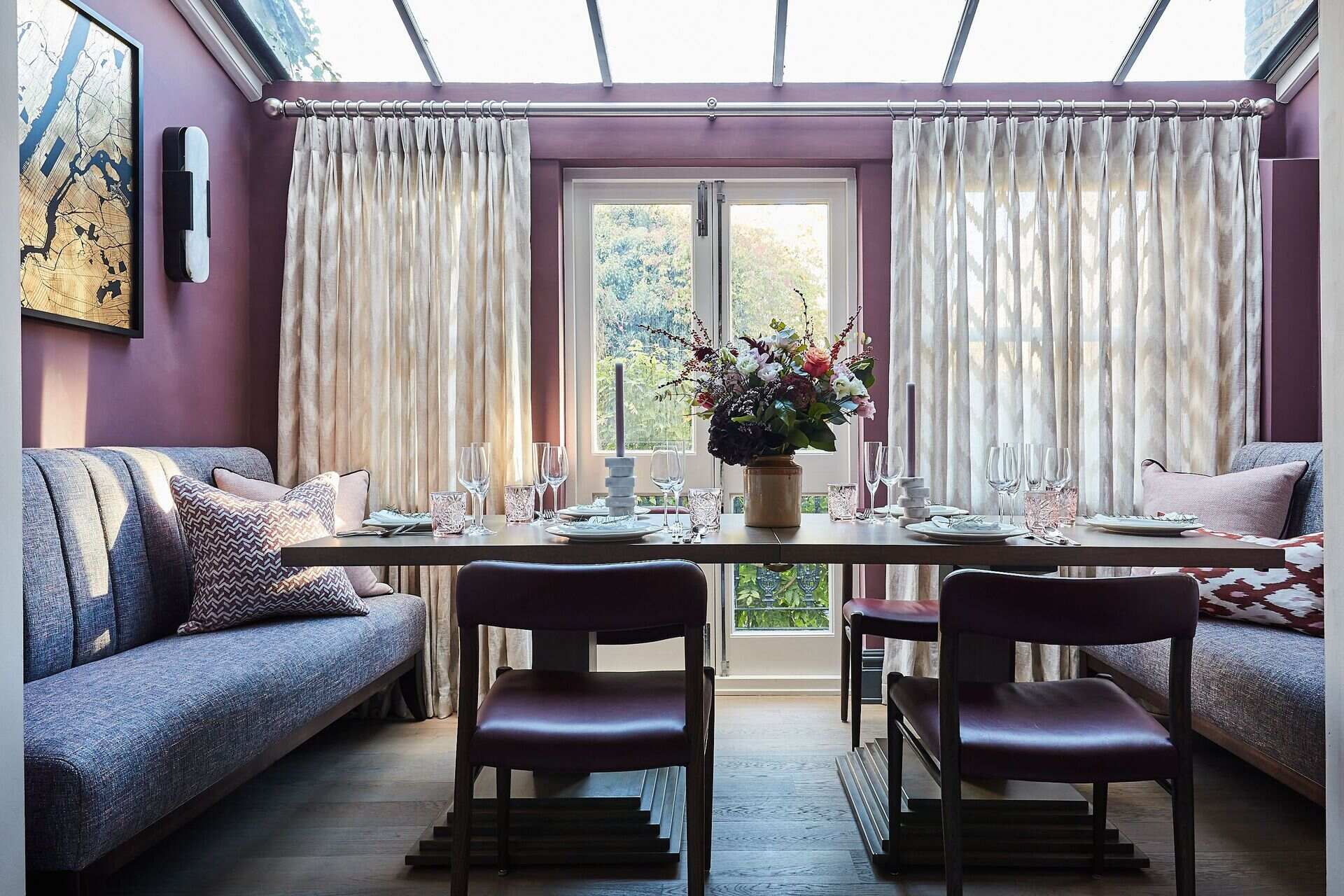

0 thoughts on “What Curtains Color Keep Heat Out”